Beer and Biltmore and More and More
This was supposed to be a blog post about Charleston with beautiful pictures of historic homes and the fort and harbor. It was going to be an awesome trip, a sort of combination fall break trip for McCrae and birthday trip for me, but Mother Nature had other plans. Hurricane Joaquin and a low-pressure system persisted through the weekend and battered the low country with record rainfall, shattering even the "once-in-a-thousand-years" predictions. By Friday afternoon there were already reports of flooding and by Friday night the news ran reports that visitors to the city were being turned away. With our decision made for us we canceled our Charleston plans and headed for higher ground.
Higher ground turned out to be Asheville. McCrae and I have been to Asheville plenty of times but usually with the dog and backpacking gear and the clinging, malodorous musk of dirt and sweat. So a weekend in Asheville with none of that? What would we possibly do?
Uhm, duh. Beer and Biltmore. Honestly, I don't even think I need to explain the trip. I'll let the pictures do the talking.
Getting funky. The Wicked Weed Funkatorium.
We checked out Wicked Weed's pub for lunch and then swung by their Funkatorium in the evening where they serve delicious sour ales. (For the record: Filled de Ferme and Montmaretto were on point.) We also checked out Burial and Catawba since I hadn't been to those before. (We've actually checked out lots of the microbreweries before, shout out to Green Man!) Unfortunately this is the only picture I took at one of the breweries. I find it a little too hipstery/pretentious to pull out the big camera and go "oooh look at me take an artsy picture of my artisanal beer in the middle of this artistic-former-warehouse-microbrewery." Nope, couldn't do it, so you just get this one.
Biltmore Estate.
Apparently you can only take pictures of Biltmore Estate's grounds and gardens, so you won't find any pictures of the interior here. It was a little wet from days of rain, but finally seeing the sun? Glorious.
Biltmore Estate. Trying to find its best angle.
No seriously, it's my birthday and I'm feeling lazy, so just look at the pretty pictures. No text today worth reading. Except you'll notice Biltmore Estate took a lot of its inspiration from French Renaissance chateaus. Richard Morris Hunt was the architect, and he and George Washington Vanderbilt toured many chateaus when they were developing the plans for the manor. Note the numerous gargoyles all you Disney-fied Quasimodo fans.
Didn't I say I wasn't going to write anything? You know I can't help myself though.
Construction on the house began in 1889 and it was formally opened on Christmas Eve of 1895, though many parts of the house remained unfinished until as late as the second half of the twentieth century. (In fact, the unfinished part of the house was used as storage for valuable art during WWII when people were worried Washington, DC might be bombed).
Frederick Law Olmsted was the landscape architect. Much of what is now Pisgah National Forest used to be part of Biltmore Estate, and the house is situated so the Vanderbilts could enjoy the best view of Mount Pisgah in the distance. For those who like a bit of pain with their sightseeing (aka me), there is always the Shut-In Trail connecting the estate to George Vanderbilt's old hunting lodge near Pisgah.
According to Wikipedia, Vanderbilt named his estate Biltmore derived from "Bildt," Vanderbilt's ancestors' place of origin in Holland, and "More," Anglo-Saxon for open, rolling land. It's a very appropriate name.
I was pretty excited to see a monarch butterfly and chased it halfway across the walled garden, not to be confused with the Italian garden. Or shrub garden. Or spring garden. Or rose garden. Or conservatory. Or azalea garden. Or bass pond and boat house.
The conservatory had its own orchid room. McCrae practically had to drag me away.
The waterfall leading away from the bass pond at Biltmore.
With 252 rooms (including 33 bedrooms), the Vanderbilts were known for entertaining names like Henry James and Edith Wharton.
At the time the house was built, most of the land in the area was depleted farmland. Vanderbilt and his landscape architect Olmsted (who also designed NYC's Central Park) worked to reforest much of the area. Most of the land is now part of Pisgah National Forest, but even so the house still sits on 8,000 acres. Compare that with the Linville Gorge Wilderness, the third largest wilderness area in North Carolina with 11,786 acres. That's a lot of hiking.
As the epitome of the Gilded Age and nouveau riche I actually expected the Biltmore Estate to be a bit garish and gaudy, but it was actually very enjoyable. Now if only I had a little more time to hike all over the land and could take pictures of the indoors and get a little closer to those two Renoir paintings they tantalizingly kept at the opposite end of the "breakfast room"...but I guess that's another trip.

